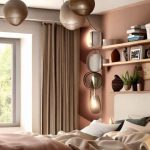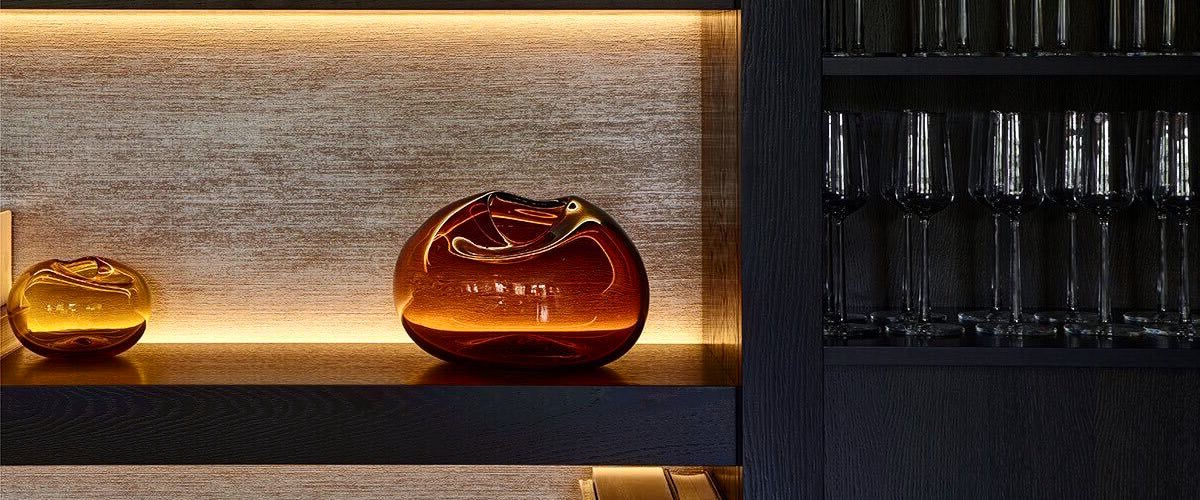
Designing with Light: How Photography Techniques Can Transform Your Space
In interior design, light is more than just a functional element—it’s a tool that can dramatically change a room’s feel and appearance. Incorporating photography techniques into your design approach allows you to creatively manipulate light, transforming your space into a vibrant, dynamic environment.
Using Natural Light to Your Advantage
Natural light, a powerful tool in both photography and interior design, brings warmth, vibrancy, and a sense of openness to any space. By positioning furniture to complement the light flow from windows, choosing lighter-colored curtains, and incorporating reflective surfaces, you can amplify this effect. Understanding how natural light interacts with your space throughout the day can help you create an environment that feels both welcoming and energizing, unlocking the full potential of your space.

Playing with Shadows and Contrast
In photography, shadows and contrast add depth, dimension, and mood to an image. Similarly, in interior design, you can use these elements to create visual interest and define different areas within a space. Consider using statement lighting fixtures such as pendant lamps, chandeliers, or floor lamps to cast interesting shadows on walls and ceilings. Incorporate darker-colored furnishings or accent pieces that contrast with the lighting to emphasize shapes and textures. Layering light sources, like combining ambient, task, and accent lighting, allows you to control how shadows play across the room, making the space more dynamic and multidimensional.
Highlighting Focal Points with Accent Lighting
Just as photographers use spotlights to draw attention to their subjects, accent lighting in interior design can highlight specific features of a room. Use direct light, such as track or recessed lighting, to illuminate artwork, architectural details, or key furniture pieces. This approach not only adds drama and focus to your design but also creates a sense of hierarchy, guiding the viewer’s eye to the most important elements of the room. Accent lighting can also create different zones within an open-plan space, helping to define areas like dining, living, or reading nooks.
By incorporating photography techniques into your interior design strategy, you can transform your space with the thoughtful use of light. Natural light, shadows, contrast, and accent lighting combine to create a balanced and visually appealing environment. These techniques not only enhance the aesthetics of your home but also bring a sense of comfort and style that reflects your personality.